PPT-Today you will need: Your science notebook
Author : byrne | Published Date : 2022-06-15
Scissors Glue Something to write with Please turn in your homework Protein Synthesis Consists of 2 main steps Step 1 Transcription Step 2 Translation DNA Central
Presentation Embed Code
Download Presentation
Download Presentation The PPT/PDF document "Today you will need: Your science notebo..." is the property of its rightful owner. Permission is granted to download and print the materials on this website for personal, non-commercial use only, and to display it on your personal computer provided you do not modify the materials and that you retain all copyright notices contained in the materials. By downloading content from our website, you accept the terms of this agreement.
Today you will need: Your science notebook: Transcript
Download Rules Of Document
"Today you will need: Your science notebook"The content belongs to its owner. You may download and print it for personal use, without modification, and keep all copyright notices. By downloading, you agree to these terms.
Related Documents

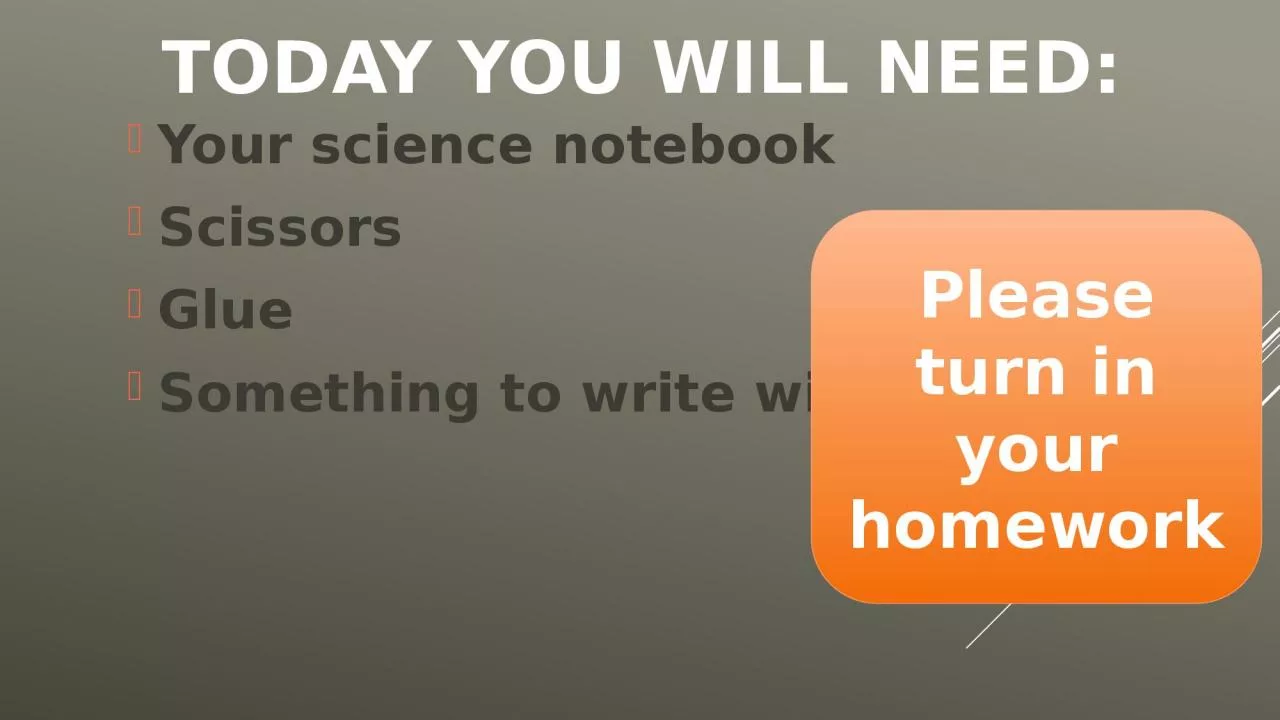
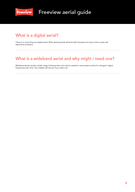
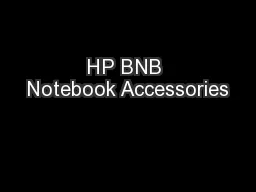
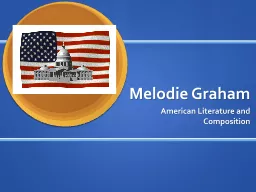
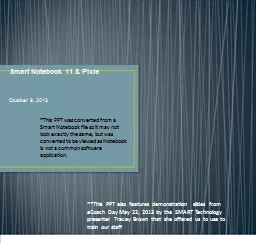

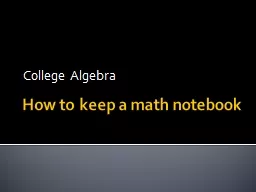
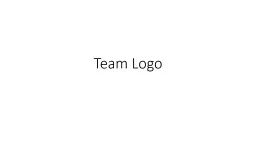
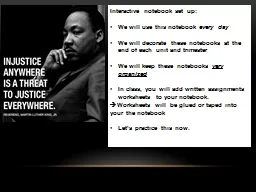
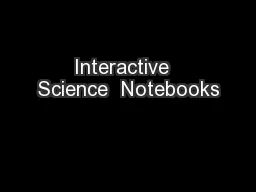
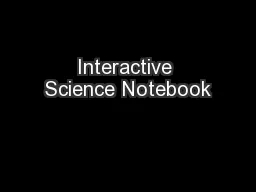
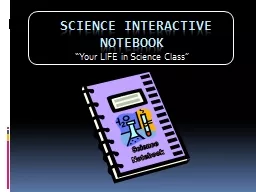

![[PDF]-Developer IDE Notebook, EAT. SLEEP. CODE. REPEAT. ,Computer Software Premium: Programmer](https://thumbs.docslides.com/971363/pdf-developer-ide-notebook-eat-sleep-code-repeat-computer-software-premium-programmer-dotted-notebook-6x9-inch-to-do-list-notebook-daily-journal-for-developers-daily-notebook-planner.jpg)